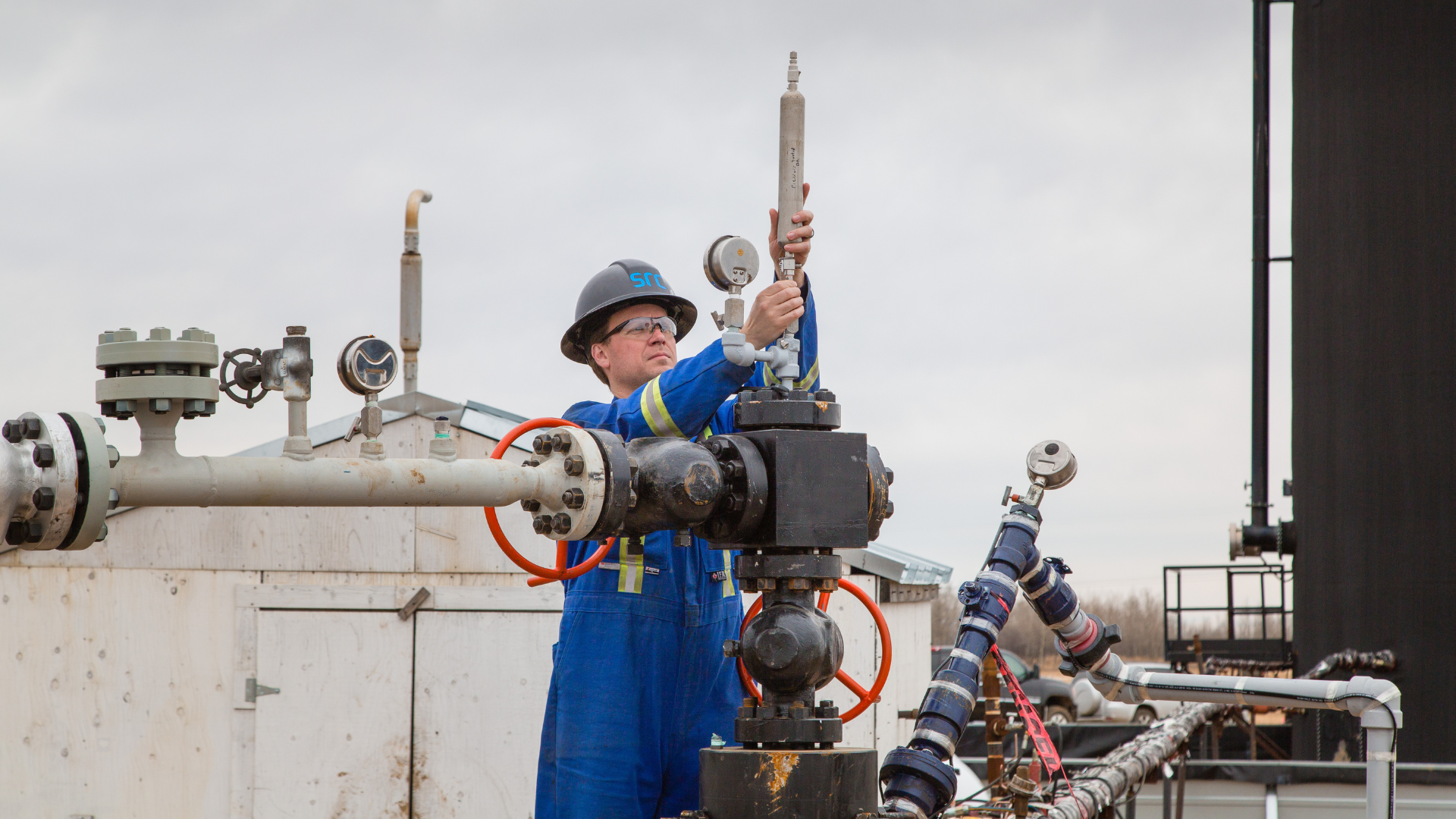
SRC has a long history of supporting innovation through research and technological advancement. Since the early 1980s, SRC has offered services that improve upon processing technologies for large-scale chemical and resource applications, helping a wide range of industries develop solutions with positive economic and environmental impacts.
The team behind these services has evolved over the years, consisting of a variety of client-focused professionals, such as electrical and chemical engineers, geologists, physicists and chemists. If you ask them what types of problems they can solve, they’ll often answer, “What do you need?” And this flexibility and breadth of expertise is what gives the team their unique edge. It’s led to projects in mining, agriculture and biotechnology — from biodigesters to emissions monitoring to helium studies to direct lithium extraction technologies.
Follow along as we dive back into the evolution of this team and the trailblazing projects they’ve worked on.
Oil and gas-focused origins
In the early days, SRC focused on increasing the quality of heavy oil. “Upgrading” is the first step in producing fuels from thick, dense “heavy” crude — a process that uses chemicals and energy.
When interest in alternative fuels took off in the mid 1980s, the team assisted an SRC chemist and an Agriculture Canada research engineer in their attempt to convert canola oil to biodiesel.
This early work in canola biofuel eventually led to several biomass projects and conversion to value-added projects, as well as two patents. Related projects such as a synthetic natural gas, ethanol plant efficiency, biorefinery feasibility and many more were successfully completed.
Heavy oil upgrading research continued into the mid 2000s. More advanced techniques, such as supercritical water, argon plasma and ionic liquids, were investigated, both internally and with external partners. The high-pressure, high-temperature equipment used for these tests was integrated with many other projects.
Improving on production techniques
In the early 2000s, SRC became involved in emulsion research, focused on oil field surface facilities.
Over time, oil production facilities tend to produce an increasing amount of water. These tiny droplets of water can be held very tightly by the crude oil and need to be removed before the oil is injected into a pipeline.
Typically, special chemicals are added to the water-oil mixture, heated and are allowed to settle.
SRC’s experts tested new chemicals to help address the changes in the water-oil ratio. New and improved chemicals could be used in different parts of the reservoir, which aligned with updated production techniques.
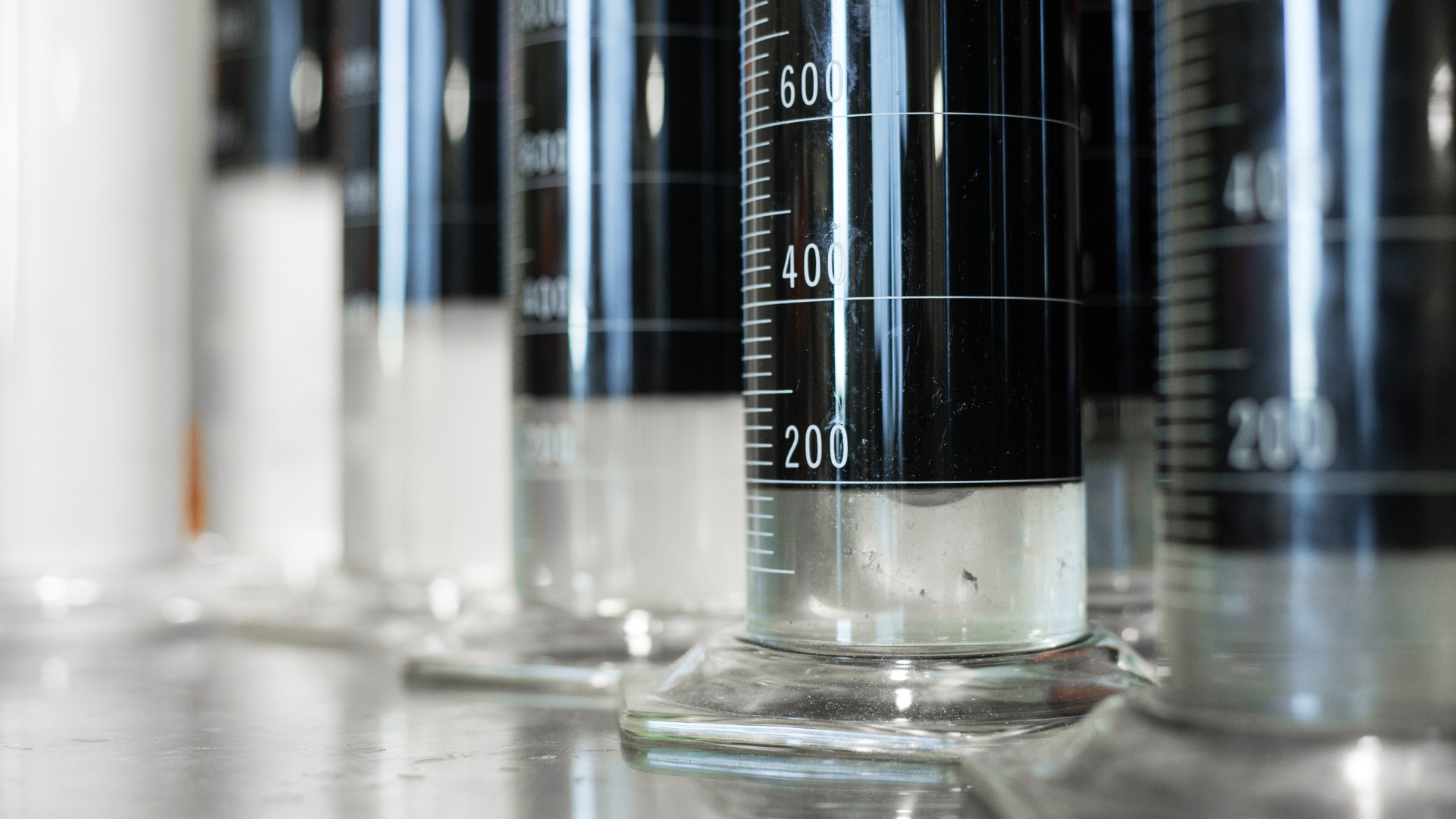
Beyond oil and gas
Over the last 40 years, the team has grown from its hydrocarbon origins to pursue many types of projects, such as developing two methods to support Saskatchewan sodium sulphate resources.
In one process, sodium sulphate was electrochemically converted to ammonium sulphate (AS) and sodium hydroxide. AS can be used as fertilizer for crops like canola, which have large sulphur demands. Sodium hydroxide is a very important industrial chemical widely used in many diverse industries.
The second process was similar but used soda ash and baking soda (the typical processing steps) to produce AS and sodium carbonates.
Adding value to a variety of resources
In 2000, the team led a mineral project that focused on Saskatchewan’s kaolin clay resources.
The kaolin produced in Saskatchewan is suitable for use as a cement additive, but high-purity kaolin has other uses and is priced higher in the market. To evaluate emulsion sample aging and upgrading of the province’s kaolin resource, SRC ran a pilot plant outside of Regina, SK.
Changes occur in emulsion samples that are collected in the field and must be transported and stored before testing. SRC developed a mobile treater lab that was designed to operate in the field.
This mobile lab had the necessary equipment to conduct continuous field tests of alternative additives and conditions. This design helped SRC to alleviate the issue of sample aging, where the emulsion samples undergo changes during transport. Eventually the mobile field concept was redesigned and updated to a mini-treater design.
With this new design, a small stream of emulsion could be split from the treater facility and emulsion breaking could be optimized using the same feed as the full-scale treater. SRC also investigated the use of artificial intelligence to help control the treater process.
Enhanced oil recovery
In 2003, a mobile field lab was developed for enhanced oil recovery (EOR) projects in Saskatchewan.
In this project, the client was investigating using propane and butane to increase oil production. The team fabricated a custom trailer to assist with the client’s development activities and provide real-time results in the field.
The analysis methods developed by SRC became the benchmark for these types of EOR projects moving forward.
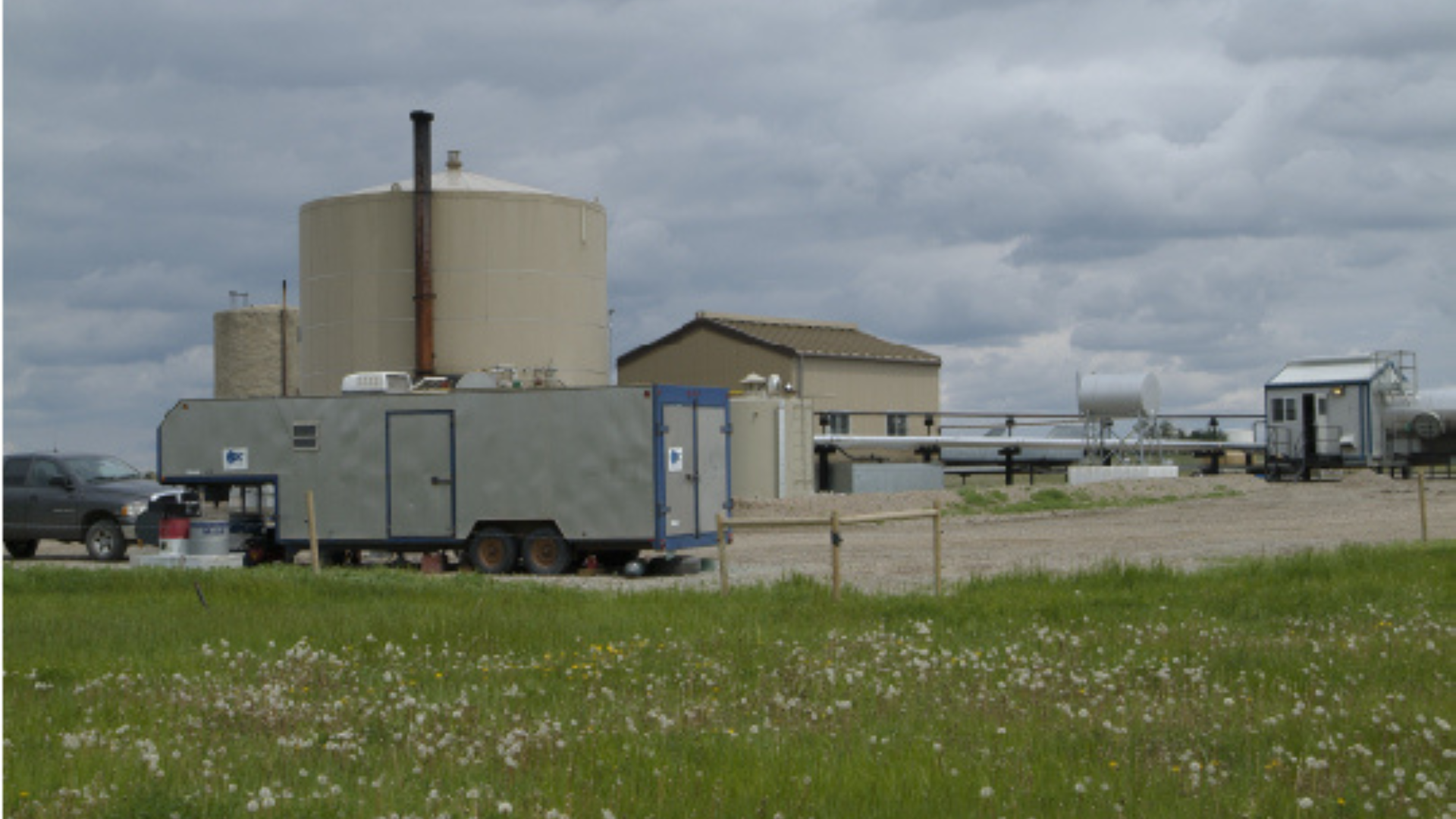
Solutions that work for industry and the environment
SRC’s Centre for the Demonstration of Emissions Reductions (CeDER) is another, more recent, initiative led by the team. CeDER is a platform that provides real-world testing, demonstration and validation of emissions measurement, reduction, capture and conversion technologies.
"The CeDER platform has a range of services and capabilities that build upon SRC’s decades of work in mining, energy and environment, such as access to instrumented mobile facilities for independent, third-party technology demonstrations, emissions testing, performance validation and air quality monitoring," says Mike Crabtree, SRC President and CEO. "It supports the industry by helping select, test and evaluate in the field the performance of emissions reduction and mitigation technologies."
CeDER has been used for a variety of field applications over the years, including one project that confirmed methane emission levels from oil field combustors. Flaring has been used in oil production for decades — combustors are an alternative to flaring, but with less light pollution and fewer operating issues. Unburnt methane emissions are powerful greenhouse gas emissions and through this project, SRC helped to quantify the effectiveness of combustors in real-world situations.
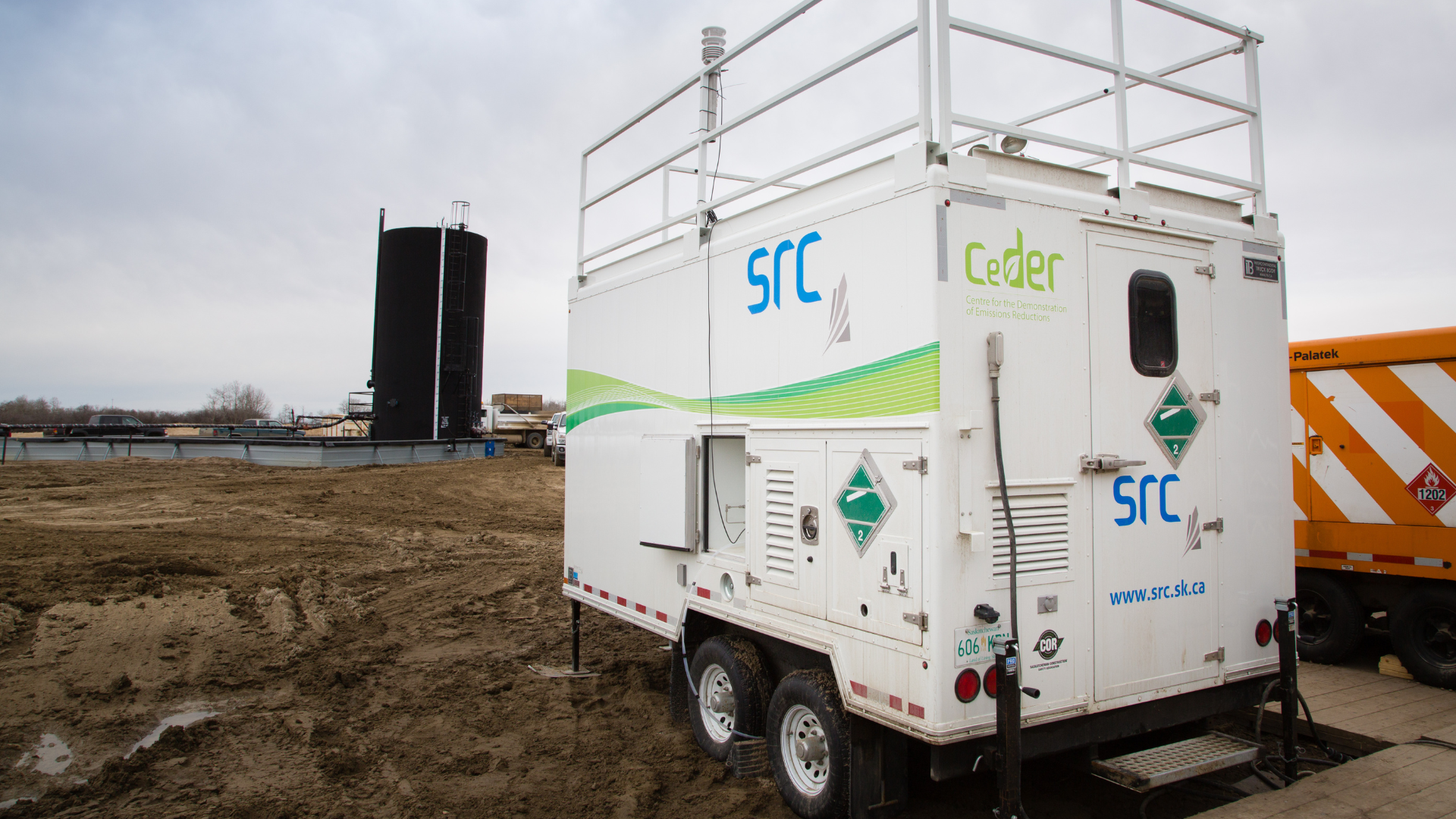
Research and development with help from local academics
SRC’s long-standing collaboration with academia has led to some interesting results. The team worked with a University of Saskatchewan professor to develop a process that removed dissolved organics from refinery wastewater using microbes.
The team’s work in bioprocessing and oil and gas blended into microbially enhanced oil recovery (MEOR) research. MEOR involves injecting safe microbes into an oil reservoir to assist with oil production. The goal was to see if microbes could plug portions of reservoirs to increase production from oil-rich zones or produce surfactant or polymers that could increase the amount of recoverable oil.
Third-party technology evaluations have been a successful service provided by SRC, particularly when clients have access to intellectual property but need to validate it.
By working closely with the client to develop a testing regime, our experts can improve the efficacy of validations, especially on relatively high-risk aspects. If the high-risk aspects don’t yield positive results, the team can regroup and look at alternative solutions.
These types of projects include drilling waste cleaning, direct lithium extraction technologies, partial-oil-upgrading and wind power with battery storage.
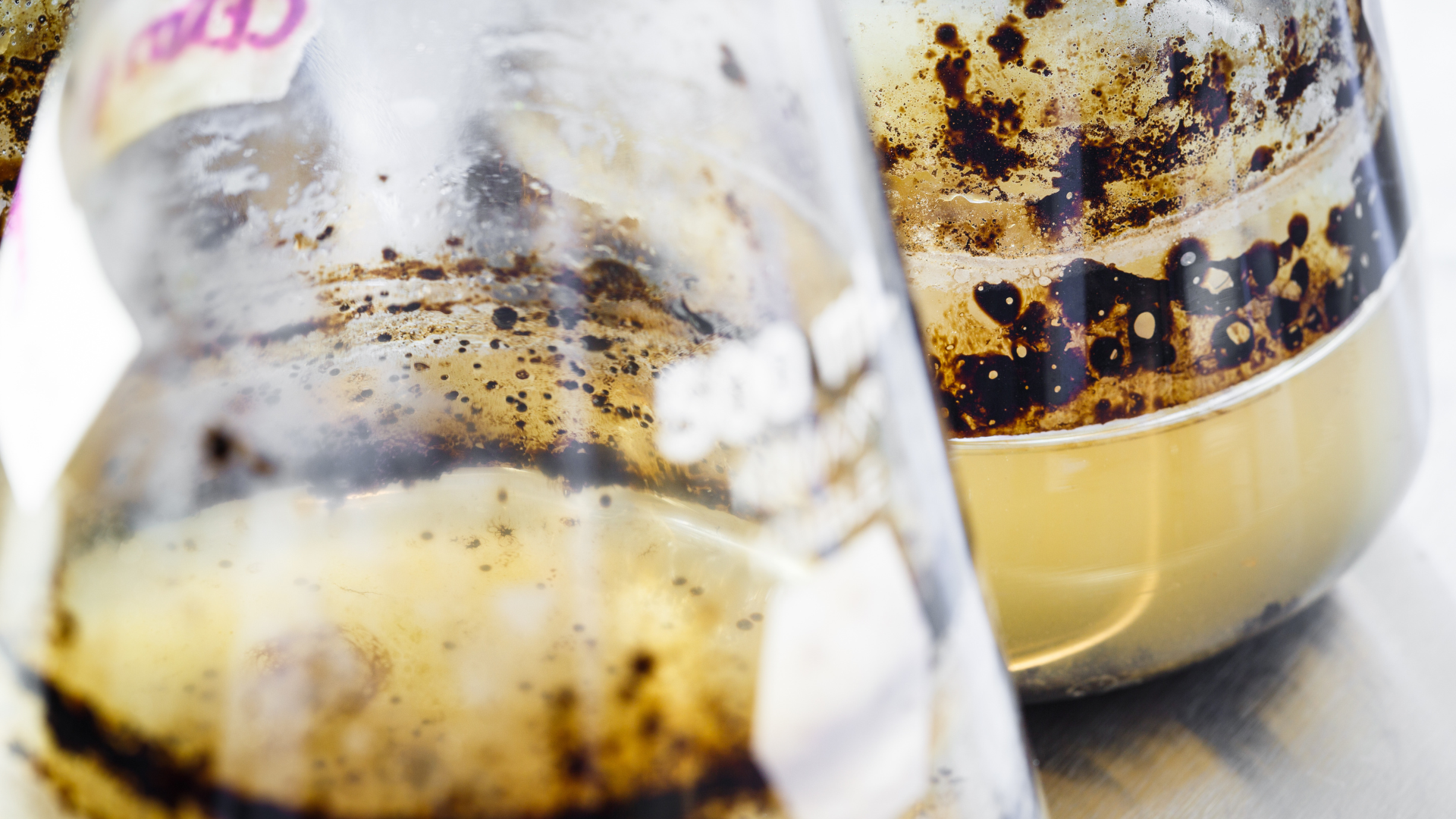
Energy innovations for powering cars and homes
The team has undergone a significant evolution over its nearly 60-year history in providing renewable and integrated energy services. The group’s roots lay in studying and improving the energy efficiency of private residences through demonstration projects such as the Saskatchewan Conservation House and the Factor 9 Home. Both projects helped establish building standards that improved energy efficiency and reduced heat loss.
In the 1980s, SRC experts focused their efforts on studying alternative fuel vehicles. Concerns about the finite supply of traditional fuel sources began to escalate, increasing interest in SRC’s Dual-Fuel™ vehicles. Dual-Fuel vehicles were powered by both a traditional fuel source and an alternative fuel source — such as compressed natural gas, hydrogen or ethanol — and aimed to alleviate the demand for traditional fuel.
Today, SRC’s Integrated Energy Systems team primarily works on green technologies, such as fully customizable Hybrid Energy Containers and microgrids. Learn about the recent award-winning Circular City project.
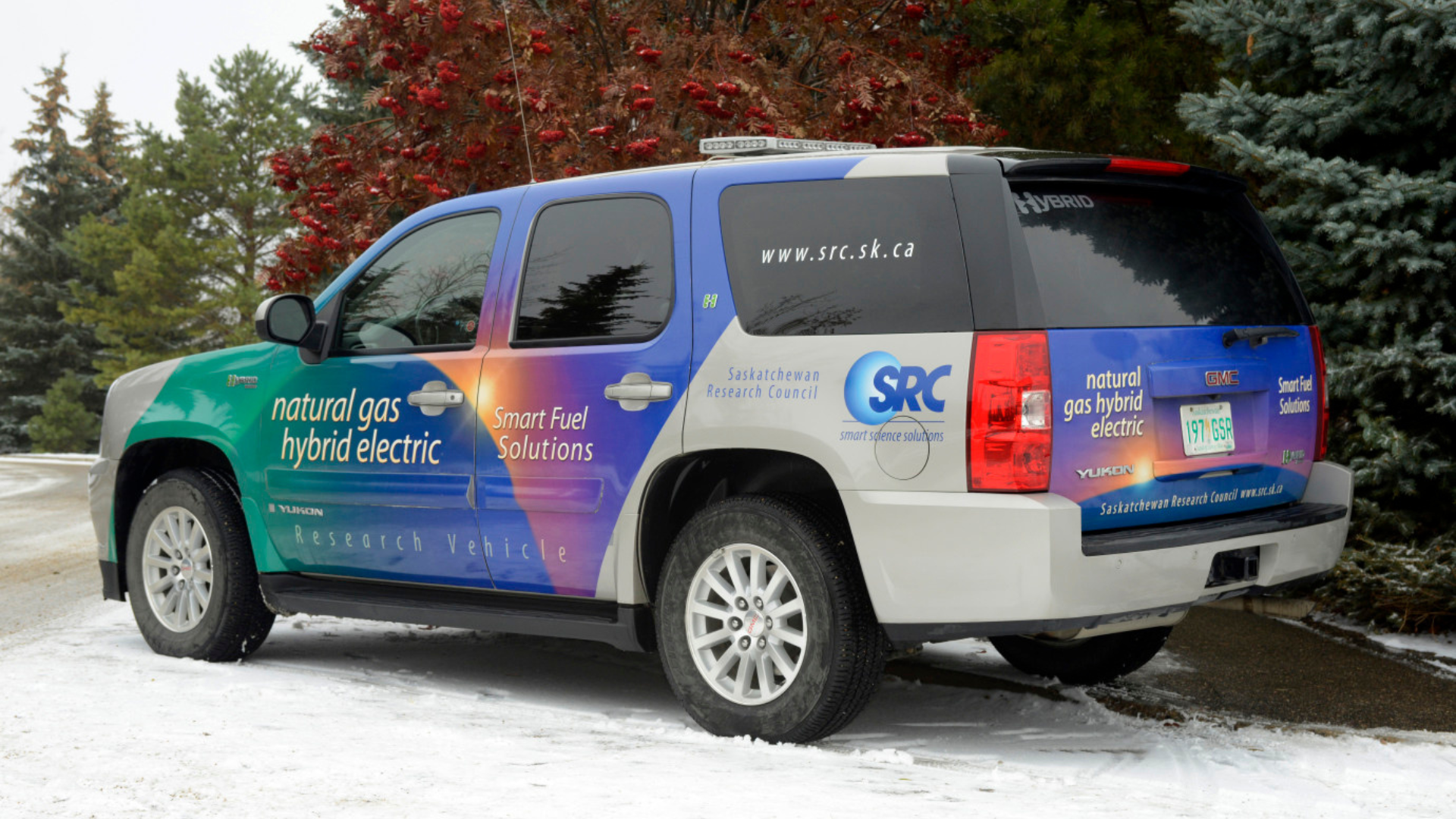
Ongoing solutions for a greener world
SRC continues to grow its suite of energy-related services to assist clients with tackling the energy transition and climate adaptation. Some solutions include smart grid design and operation, behind-the-meter renewable generation, industrial automation and data logging and wide-area monitoring networks for climate mesonets.
SRC provides services and guidance for most aspects of the low-carbon power generation, energy transition and climate adaptation landscapes. SRC is working on a variety of projects to catalyze the energy transition.
Currently, our team is focused on assessing carbon capture and storage (CCS) projects that look at salt cavern storage, developing a process for direct lithium extraction from brine, building a pilot plant for salt processing from design to operation and many other ground-breaking projects. We look forward to continuing to innovate and come up with unique solutions for industry in the coming years.
The team is also continuing to work on oil and gas projects, most recently on oil field combustion testing – remaining connected to its oil and gas roots.
